I spoke briefly a few days ago of shrinkflation, the practice of suppliers today of hiding increases in retail prices by secretly reducing what you get. It generated some discussion, so I decided today to show examples of how it is done so you know the problem when your customers ask you about it.
What is shrinkflation, and how does it affect retailers?
Shrinkflation refers to the deceptive practice of companies secretly reducing the amount of a product while keeping the same price or even raising it. This allows suppliers to increase profits without customers realizing it's a price hike.
As a small retailer, shrinkflation can impact you and your customers in a few key ways:
Reduced trust. When customers notice items they regularly purchase have gotten smaller or contain less quantity, it erodes trust in brands. This could cause them to be hesitant to buy from your store in the future.
Higher costs. If your suppliers engage in shrinkflation, you pay the same or more for products containing less. This cuts into your margins without you even knowing.
Difficulty managing inventory. It's harder to accurately track inventory levels and order appropriate quantities when changing product sizes without notice. This can lead to stock-outs.
Disgruntled customers. People notice when their money isn't going as far at the grocery store or other retailers. Shrinkflation leads to complaints you have to field from customers who feel they are getting a raw deal.
It messes up your pricing. If you are not careful, your pricing can be wrong. I have seen examples of retailers reducing the price of the old product, which has more in it, as they think the new product is better. It is not it is just secretly smaller.
Some examples of shrinkflation
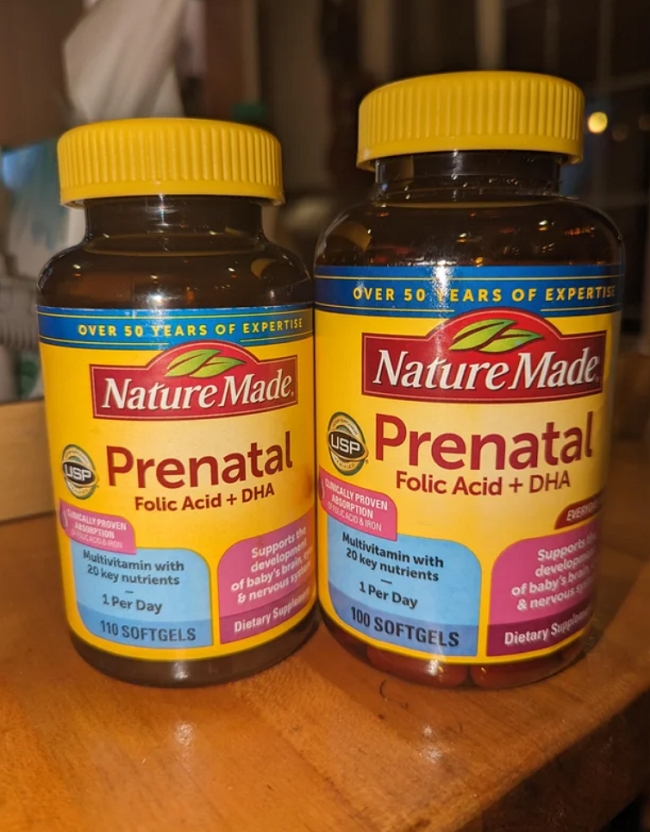
The older bottle had ten more pills, about a 9% price increase. What is interesting here is that the new bottle with less in it is a bigger bottle.
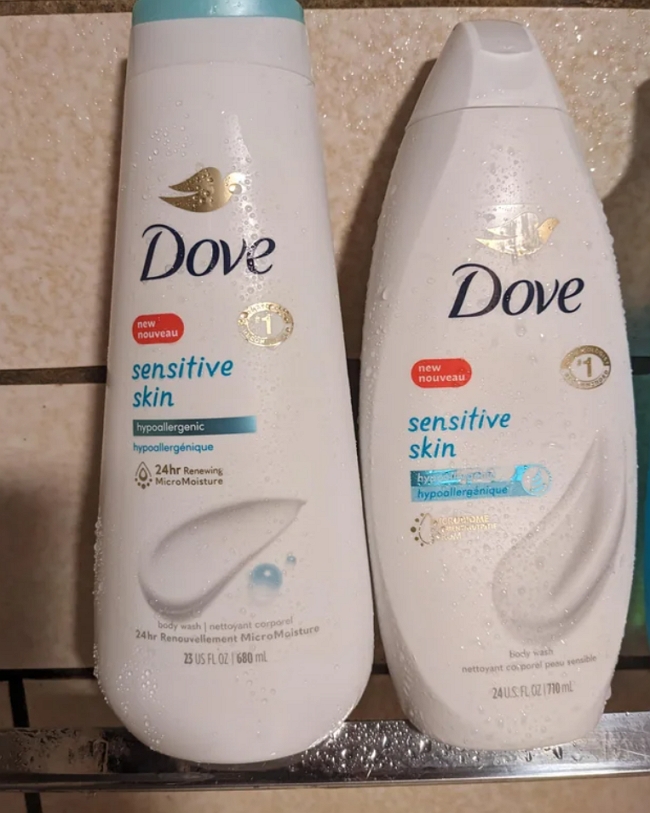
The new bottle has about 5% less product, and the packaging has been redesigned, too, as in the above example.
This one is quite tricky, see it you can pick it up.
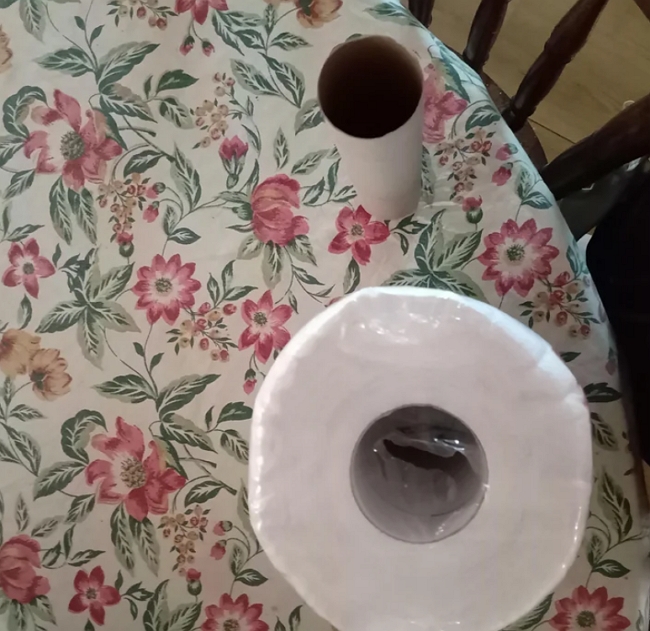
The tube size of the older one is smaller than the hole of the newer one. It probably will look the same size, but there is less paper.
This is just a price rise by reducing the product supplied.
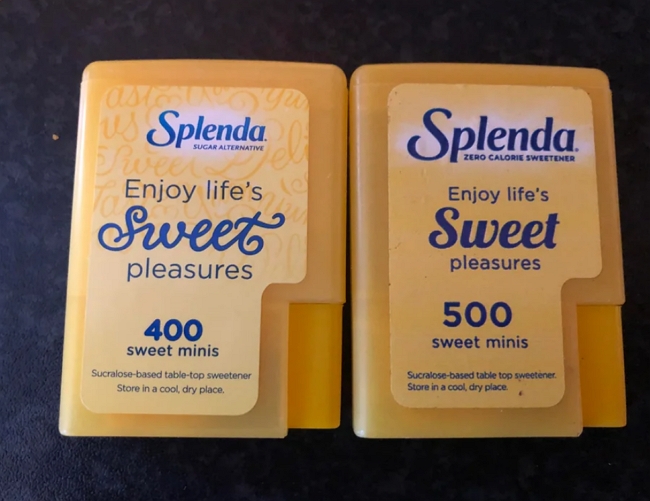
This one is actually a significant price rise of 25%.
My last example shows, over time, just how significant these secret changes can be
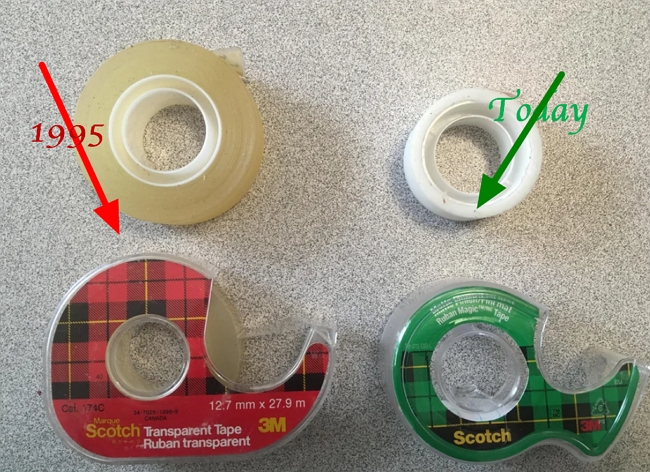
Measured up, this is about an 80% price increase.
Conclusion
To protect your business and customers from the impacts of shrinkflation, you need to carefully monitor unit sizes and quantities of the products you re-order.
You can find many more examples if you want to investigate further here, were people are encouraged to report such practices.


